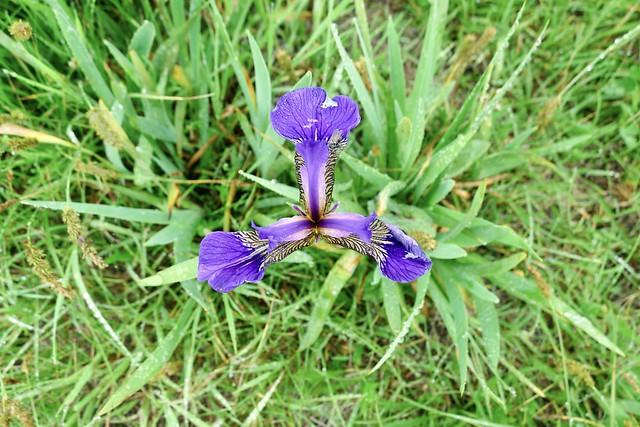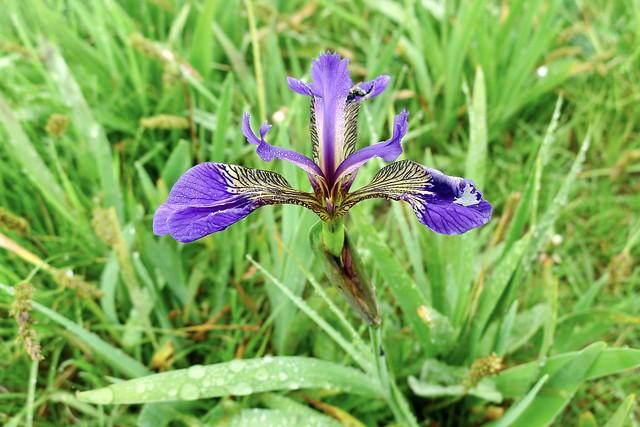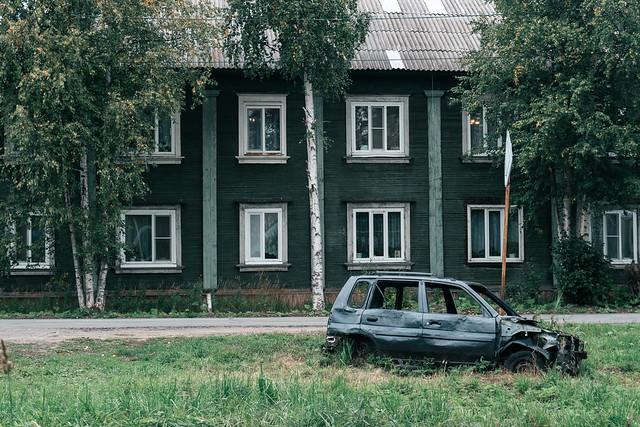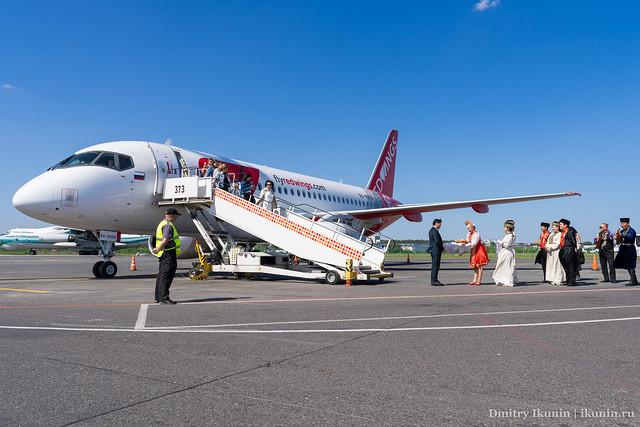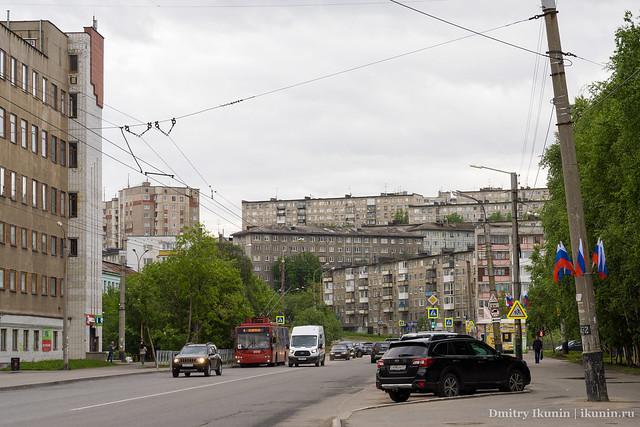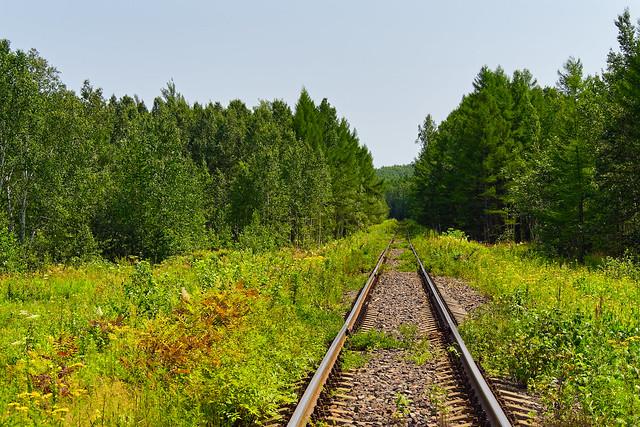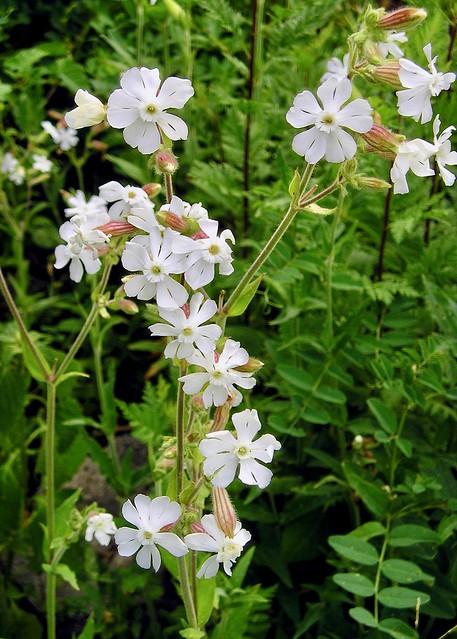Khabarovsk Krai
Overview
하바로프스크 지방 개요
하바로프스크 지방은 러시아 극동에 위치한 매력적인 지역으로, 광활한 자연과 독특한 문화가 어우러져 있습니다. 이 지역은 아무르 강과 우수리 강이 만나는 지점에 자리 잡고 있어, 뛰어난 경관을 자랑합니다. 수천 년에 걸쳐 다양한 민족과 문화가 뒤섞인 이곳은 러시아의 동쪽 끝자락에서 특별한 매력을 발산합니다.
문화적 다양성
하바로프스크 지방은 원주율인 이주민들과 함께 다양한 민족이 살고 있는 지역입니다. 이곳의 문화는 러시아 전통과 원주율 문화가 혼합되어 독특한 정체성을 형성하고 있습니다. 지역 축제에서는 전통 음식, 음악, 춤 등을 통해 이들 다양한 문화가 생생하게 표현됩니다. 특히 매년 열리는 하바로프스크 국제 영화제는 세계 각국의 영화인과 관객들이 모여 영화 문화의 진수를 맛볼 수 있는 기회를 제공합니다.
자연의 아름다움
하바로프스크 지방은 자연 경관이 매우 빼어나며, 태평양의 영향을 받는 다양한 환경을 자랑합니다. 광활한 숲, 맑은 호수, 그리고 울창한 산들이 어우러져 아웃도어 활동을 즐기기에 최적의 장소입니다. 타이간 국립공원은 이 지역의 자연을 경험할 수 있는 훌륭한 곳으로, 다양한 동식물과 함께 하이킹, 캠핑을 즐길 수 있습니다.
역사적 중요성
하바로프스크는 역사적으로도 중요한 의미를 지니고 있습니다. 19세기 중반, 러시아 제국의 확장과 함께 발전하기 시작한 이 도시는 중요한 군사적 및 상업적 거점으로 자리 잡았습니다. 하바로프스크 기념관과 같은 역사적인 장소에서는 이 지역의 역사와 문화를 깊이 있게 이해할 수 있는 기회를 제공합니다.
현지 특산물
하바로프스크 지방은 특유의 농산물과 해산물로 유명합니다. 이 지역의 신선한 재료로 만든 요리는 미식가들에게 큰 인기를 끌고 있습니다. 특히, 아무르 강의 생선은 지역의 특산물로, 다양한 방식으로 요리되어 많은 사람들에게 사랑받고 있습니다. 또한, 지역 시장에서는 현지 농산물과 수공예품을 구매할 수 있어, 여행의 추억을 더욱 특별하게 만들어 줍니다.
현대적 매력
하바로프스크는 전통적인 매력과 현대적인 분위기가 조화를 이루고 있습니다. 도시의 중심가에는 현대적인 상점, 카페, 레스토랑이 즐비해 있어, 현지인들과 관광객들이 함께 어울리는 활기찬 분위기를 느낄 수 있습니다. 저녁에는 강변에서의 산책이나 다양한 문화 행사에 참여하여 이 지역의 생동감을 만끽할 수 있습니다.
하바로프스크 지방은 그 자체로 하나의 작은 우주와도 같습니다. 다양한 문화, 아름다운 자연, 역사적 유산이 어우러져 여러분을 매료시킬 것입니다.
How It Becomes to This
Khabarovsk Krai, located in the Russian Far East, is a region steeped in rich history and cultural diversity. Its story begins long before the advent of the Russian Empire, with the indigenous peoples, including the Nanai, Udege, and Evenki, who have inhabited this land for thousands of years. Their traditions and way of life are deeply connected to the Amur River, which has been a vital source of sustenance and cultural significance.
During the 17th century, Russian explorers and Cossacks began to venture into this remote area. In 1650, the Cossack leader Yermak Timofeyevich led an expedition to the Amur River, marking the start of Russian interest in the region. The establishment of the first Russian fort, Fort Albazin, in 1655, symbolized the onset of colonial expansion. However, this fort was soon abandoned due to conflict with local tribes, highlighting the complexities of early interactions between Russian settlers and indigenous peoples.
As the 19th century approached, Khabarovsk Krai became increasingly significant for trade and military strategy. The city of Khabarovsk, founded in 1858, was named after the explorer Yerofey Khabarov, who played a crucial role in mapping the Amur River. The city quickly developed into an important administrative center, and its location made it a key stop for trade routes connecting Russia to the East.
The construction of the Trans-Siberian Railway in the early 20th century transformed Khabarovsk Krai into a bustling hub of commerce and travel. The railway not only facilitated the movement of goods and people but also fostered cultural exchanges between diverse ethnic groups. Travelers could experience the region's natural beauty, from the vast taiga forests to the majestic rivers, while also encountering the unique customs of its indigenous communities.
The early 20th century was marked by significant political upheaval, including the Russian Revolution of 1917. Khabarovsk became a focal point for various political factions, leading to a turbulent period of change. The city witnessed the establishment of the Far Eastern Republic in 1920, a short-lived state that aimed to provide autonomy for the region's diverse populations. This era was characterized by a blend of revolutionary fervor and local cultural pride.
With the establishment of Soviet rule, Khabarovsk Krai underwent rapid industrialization. The 1930s and 1940s saw the construction of large factories and the development of infrastructure, which attracted workers from various parts of the Soviet Union. This influx of people contributed to the region's demographic diversity, as new communities settled alongside the indigenous populations. The impact of World War II was also felt in Khabarovsk, as it served as a base for military operations and logistics.
In the post-war years, Khabarovsk Krai continued to grow, becoming a significant center for agriculture, forestry, and fishing. The region's natural resources played a crucial role in the Soviet economy, and the government invested heavily in development projects. Travelers during this time could explore the vibrant markets of Khabarovsk, where local produce and crafts were showcased, reflecting the region's rich cultural tapestry.
The dissolution of the Soviet Union in 1991 brought about significant changes for Khabarovsk Krai. The region faced economic challenges and a shift in political dynamics. However, it also opened up to the world, allowing for increased tourism and cultural exchange. The city of Khabarovsk became a popular destination for travelers seeking to explore the natural wonders of the Amur Region, including the breathtaking landscapes of the Khingan Mountains and the pristine waters of the Amur River.
Today, Khabarovsk Krai is a fascinating blend of history, culture, and natural beauty. Visitors can explore the Khabarovsk Regional Museum, which showcases the region's history from ancient times to the present day. The museum's exhibits include artifacts from indigenous cultures, historical documents, and displays on the region's development during the Soviet era.
One of the must-visit sites is the Amur River Embankment, a picturesque promenade where travelers can enjoy stunning views of the river and the city skyline. This area is perfect for leisurely strolls, picnics, and cultural events. Throughout the year, Khabarovsk hosts various festivals celebrating local traditions, such as the Khabarovsk City Day and the International Festival of Arts.
Nature enthusiasts will find plenty to explore in Khabarovsk Krai. The Jewelry of the Amur national park offers a glimpse into the region's diverse ecosystems, with opportunities for hiking, birdwatching, and wildlife spotting. The park is home to rare species such as the Amur Tiger and the Far Eastern Leopard, making it a paradise for nature lovers.
In conclusion, Khabarovsk Krai is a region that invites travelers to immerse themselves in its rich history and diverse cultures. From the ancient traditions of its indigenous peoples to the dynamic developments of the modern era, each era has left its mark on this captivating land. Whether exploring the vibrant city of Khabarovsk or venturing into the breathtaking wilderness, visitors are sure to create unforgettable memories in this remarkable corner of Russia.

You May Like
Explore other interesting states in Russia
Discover More Area
Delve into more destinations within this state and uncover hidden gems.




